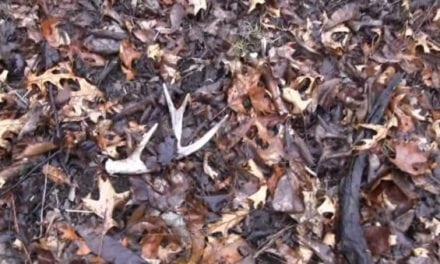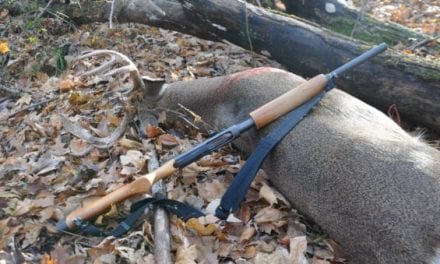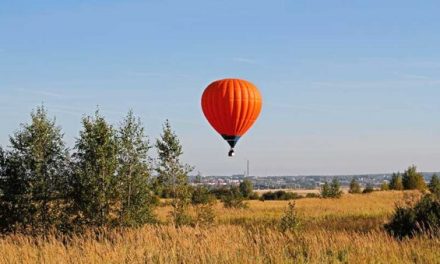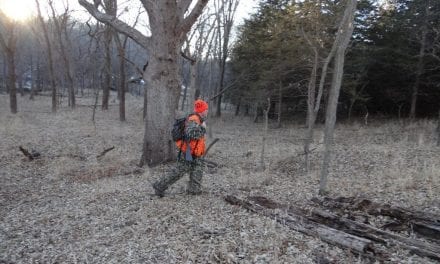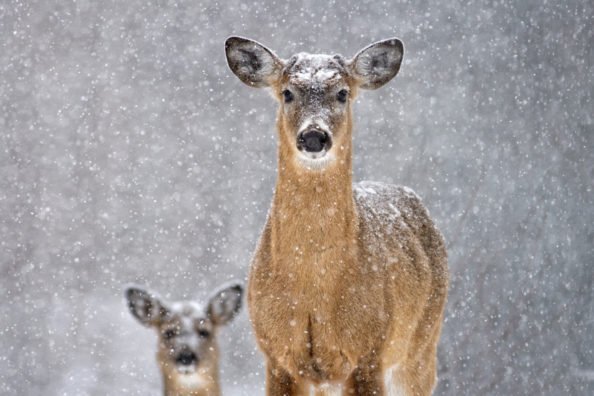
How do deer survive the deepest part of the winter and should we do anything to help?
This is a question that we’ve all asked ourselves and others over the years. Even those who live in and hunt regions of our nation that may not see the deep freezes of the northern tier of states, hunting for whitetail deer seems to happen in the winter for so many of us that it goes without saying that we would begin to wonder how they survive the sub-zero temperatures.
Not only that, but questions like what do they eat and how do they avoid predators seem obvious enough to ask since the whitetail deer is one of the most hardy, resilient animals that we know of in North America. After all, they inhabit a variety of habitats from the swamps of the deep south to the far timbered reaches of the Canadian frontier.
As a hunting foe, we may not have any more respect for an animal than we do for the deer since they routinely leave us in the dust and scratching our collective heads. One thing that we can all agree on is this: We never get tired of learning all there is to know about them.
Stay Warm
At a glance, this may seem like a moot point. We don’t really think about deer getting cold since they’re outside all the time anyway. However, they do, and deer have several ways of keeping their body heat intact during the winter months. While they certainly have to move to keep eating, the fact its that they will hunker down in areas that offer the best cover for days on end.
They will bed down in the pines and other coniferous trees to escape the wind and keep any lingering precipitation off of them. If they are fortunate, these areas will be near to food sources they can use during these tough cold spells. That’s why it can often pay dividends to check these spots for shed antlers come the spring. Simply because of how much time the deer spend in these areas.
Compact Their Movement
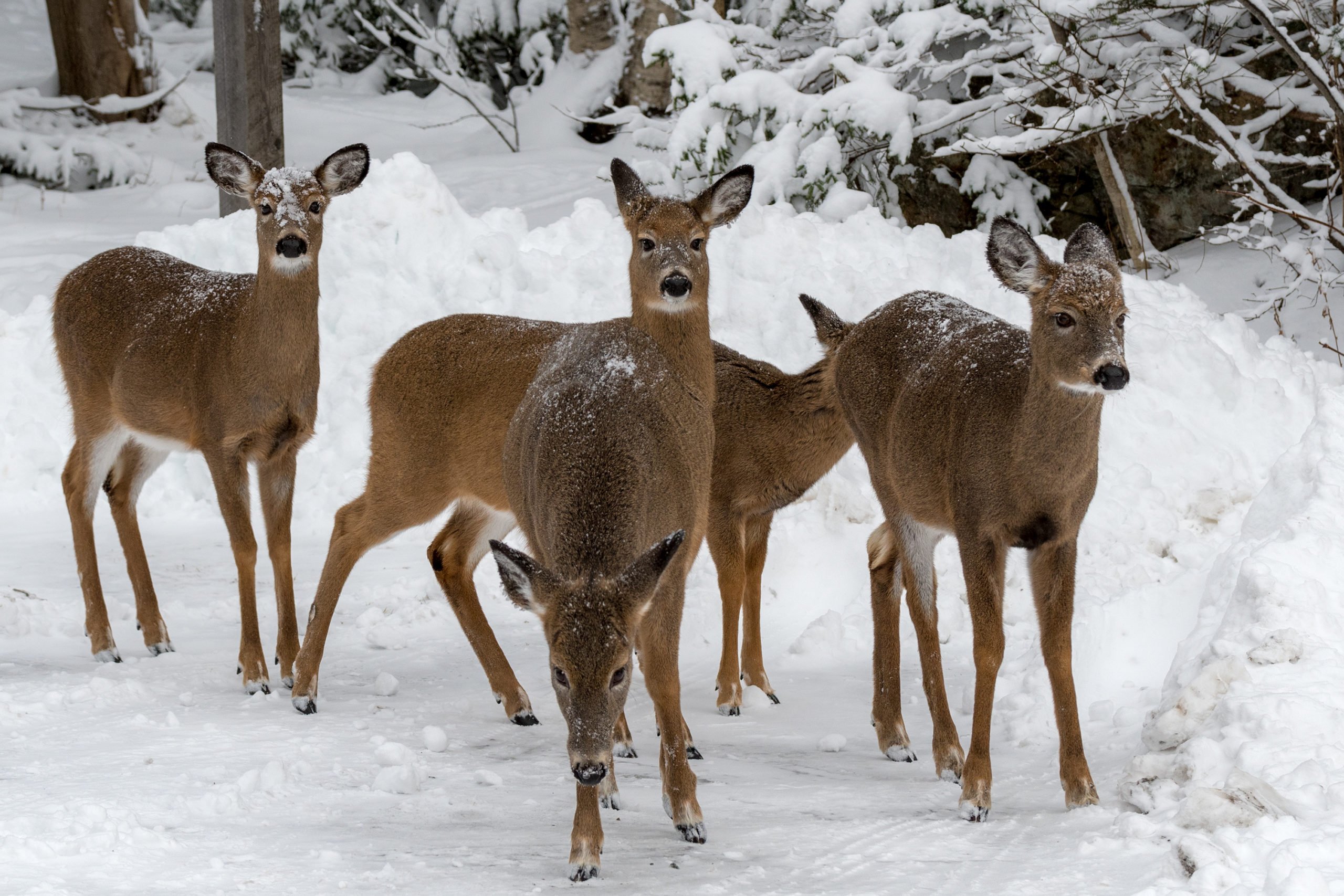
“Yarding up” has been a common axiom for deer hunters and other conservation minded individuals for many years and we should all be familiar with the term. Once the seasons are closed and the deer can relax that will find common areas to feed, sometimes seen in herds of 50 or more at a time.
In areas with deep snow, they will stay bedded for long periods before moving, but their habits of being crepuscular will remain as they tend to move the most at dawn and dusk.
Use Smart Food Choices
Deer will start feeding actively on high-energy content food such as soybeans or corn where they can find it. These quality food sources help replenish their fat reserves to help deer maintain the caloric intake they need to survive the coldest days of winter.
Softer woods or “woody browse” such as aspen seedlings or eastern hemlock also make up some of the deer’s diet along with any acorns and other nuts that they can paw for under the snow. It should be said that the good intentions of feeding deer grains such as corn can actually have a detrimental effect on them since their digestive systems aren’t built to accommodate it since corn is hard for deer to digest and changes the pH in their stomach.
Many state wildlife agencies actively discourage people leaving out things like hay for deer for this very reason. Deer have starved to death with their bellies full of hay before because their digestive systems simply are not built to handle it. This usually happens during the dead cold of winter in Western states.
Find Water
Deer are fine tuned to water and it is well known that if you have a good water source on your property, deer will linger in the area to use it. But in the winter months, especially in areas like northern Michigan, Wisconsin, and Minnesota many water sources can be completely locked up in ice.
At this time of the year, deer can get their water from sources that remain unfrozen or through the food they eat. Free water can come from puddles, lakes, and ponds, but more likely from streams, seeps, and springs where moving water can remain unfrozen.
Alternately, the herbaceous and woody browse does have some small amount of water in it that is released from food during the digestion process as a result of oxidizing carbs, fats, and protein.
The Rest of the Story
If you’ve deer hunted long enough, you have already been in the deer woods at some point in the bitter cold with a wild wonder of imagination as to how any wild animal can survive the temperatures and the raw expense in energy to try and stay alive.
The fact that deer survive in such conditions year after year is a testament to the sheer will they have. These animals find ways to sustain themselves when there is little to eat, and nothing to drink. Don’t forget they do this many times while still being pursued by natural predators long after you and I have resigned ourselves to next year’s hunting season. Talk about tough, resilient creatures!
Maybe the better question is what do you and I do during the winter months when we cannot hunt deer?
Products featured on Wide Open Spaces are independently selected by our editors. However, when you buy something through our links, we may earn a commission.
Please check out my book “The Hunter’s Way” from HarperCollins. Be sure to follow my webpage, or on Facebook and YouTube. Go to Rack Hub and use the coupon code Craiger for a new way to display those antler sheds!
NEXT: LATE RUT DEER HUNTING: 3 REASONS IT’S THE BEST TIME TO TAG A BUCK
WATCH
The post What Deer Do to Survive the Coldest Parts of the Winter appeared first on Wide Open Spaces.












